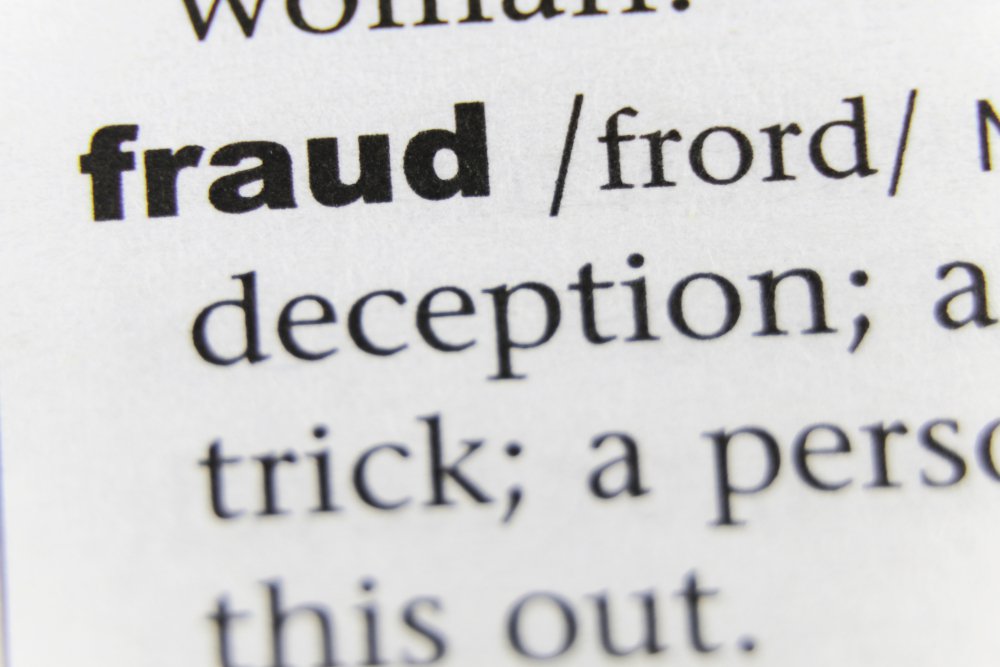{3:15 minutes to read} Most people will acquire insurance, either for themselves or their business, at some point during their lifetime.
In general, there are two broad categories of insurance: first-party and third-party insurance. Within these two categories, there are many insurance products that provide coverage for various types of risks.
First-Party Insurance
First-Party Insurance — a contract between an individual or business and the insurance company — protects the property of the insured individual or their business in the event of a loss. This involves claims and losses between only you and your insurance company. There is no third-party involvement.
Examples of first-party insurance include:
Life insurance;
Accidental death and dismemberment insurance (ADD);
Health insurance;
Long-term disability insurance;
Long-term care insurance; and
Property damage insurance (home, automobile, business property, etc.).
Multiple policy types exist beneath the disability insurance umbrella:
1. Group policies are ordinarily obtained through an employer.
2. Individual benefits coverage is available for purchase by an individual person.
3. Disability buy-out insurance is utilized in the event that a shareholder or partner in a business becomes disabled (this is often referred to as key-man insurance as it relates to life insurance).
4. Business overhead expense disability insurance is utilized to help keep a business running by paying the ordinary and customary business expenses if the policyholder becomes disabled.
Third-Party Insurance
Third-party insurance — a contract between a business or individual and the insurance company — protects the insured individual or business against a claim or action by a third party, known universally as liability insurance.
A typical example where an individual or business needs third-party insurance is a car accident where the driver of the other vehicle makes a claim against you or your business.
As a result, the driver’s insurance company will step in when the third-party asserts a claim and assist the policyholder in two ways:
1. The insurance company will hire a lawyer to represent and defend you.
2. The insurance company will pay to settle the claim or lawsuit, for the full amount, up to the policy limits.
Examples of liability or third-party insurance include:
Homeowners Insurance;
Automobile Insurance;
Malpractice Insurance;
General Liability Insurance;
Directors and Officers Liability Insurance;
Employer Practices Liability Insurance; and
Construction/Contractor Liability Insurance.
Most homeowner, automobile, and business policies combine first and third-party coverage referred to as CGL (comprehensive general liability). Under these contracts, the policyholder or business has coverage for both property damage (first-party) as well as liability (third-party) claims.
If you are experiencing a problem with your insurance company in any of these areas, contact us today.
Evan S. Schwartz
Founder of Schwartz, Conroy & Hack
833-824-5350
[email protected]


